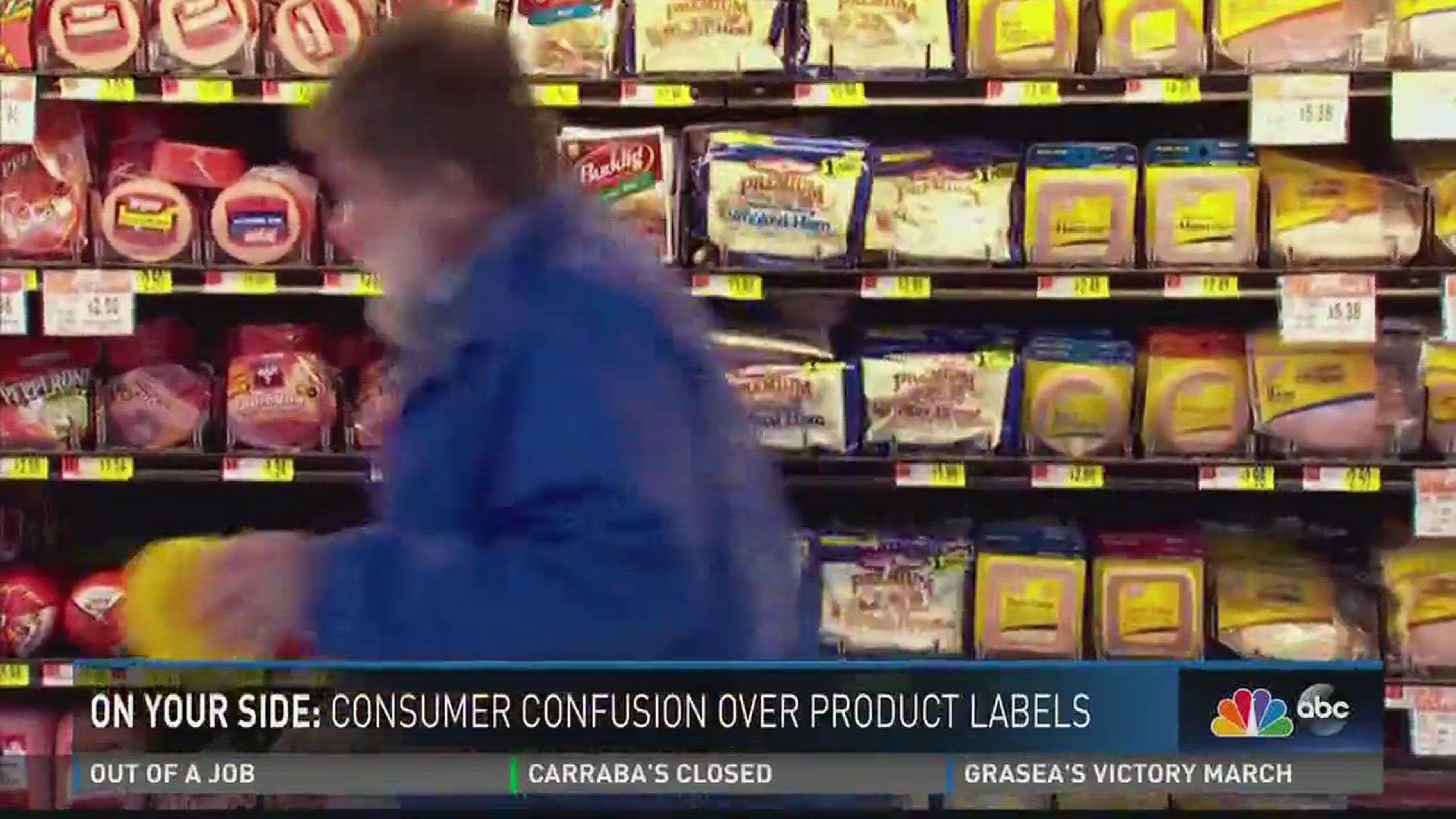A new initiative by the Grocery Manufacturers Association (GMA) hopes to cut down on the 40 percent of food waste generated annually in the U.S.
Food manufacturers and retailers currently use over 10 different ways to label food packages for quality-- Use By, Sell By, Best Before, Best Taste By, Freeze By, Better if Used By, and some codes that don't look like dates at all.
The new industry wide effort has settled on two standard phrases for product quality.

Best if Used By | which will describe the date a product may not taste as fresh, but is still safe to consume.
Use By | which will indicate when the product is no longer safe to consume and should be disposed.
The changes are voluntary for grocers and not due to any federal regulations. Walmart and several other chains have already agreed to implement the two label system. Grocers have until 2018 to transition to the simplified labeling.
4 things to know about food expiration dates
1. The "Sell By" date, which is aimed at retailers, typically one third of a product's shelf life remains after the sell by date for the consumer to use at home, according to the Institute of Food Technology.
2. The FDA does not prohibit the sale of food past the expiration date, unless it's infant formula.
3. GMA estimates 44 percent of food waste sent to landfills comes from consumers, and 8 percent of that tossed food is due to consumer confusion about the product labeling.
4. Perishable items that have to be refrigerated are more likely to be unsafe to eat after the printed date expires.


